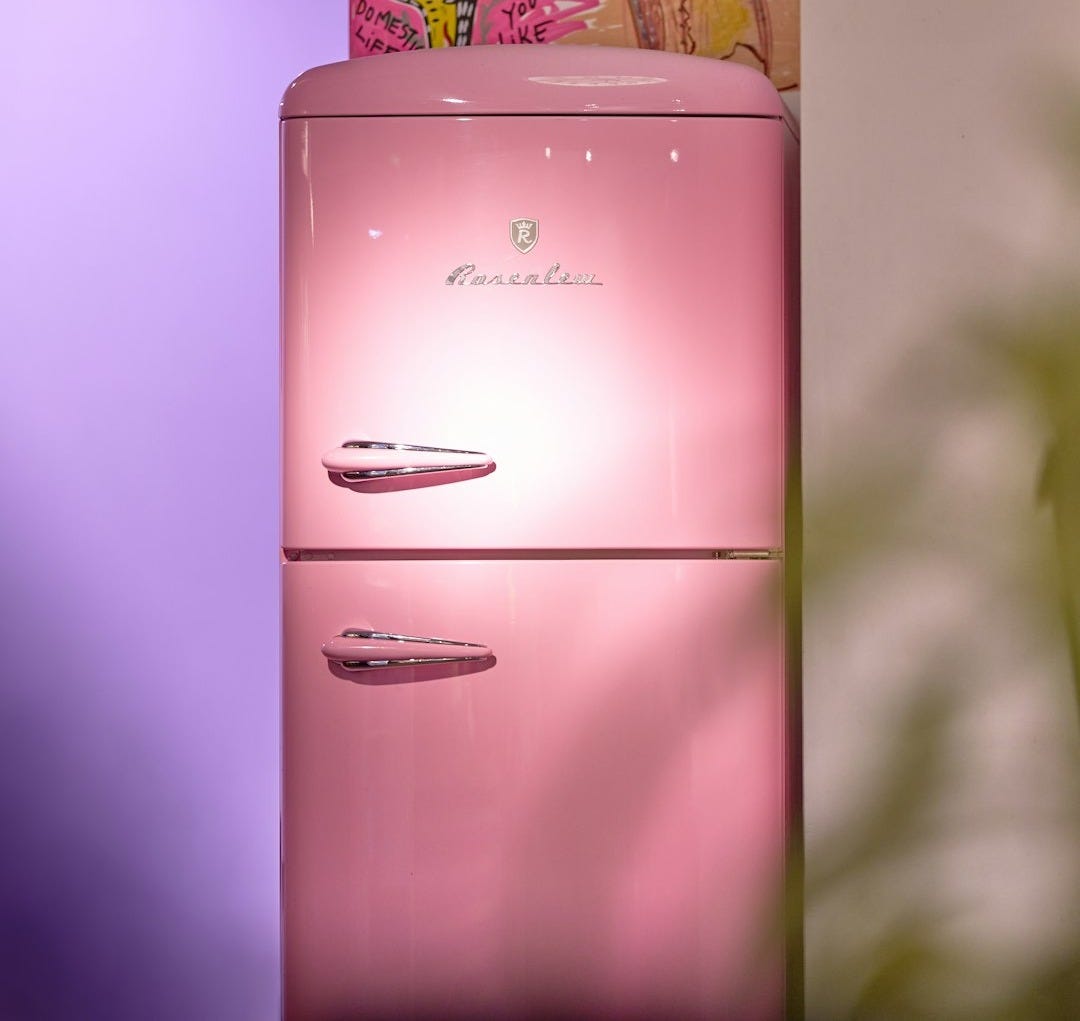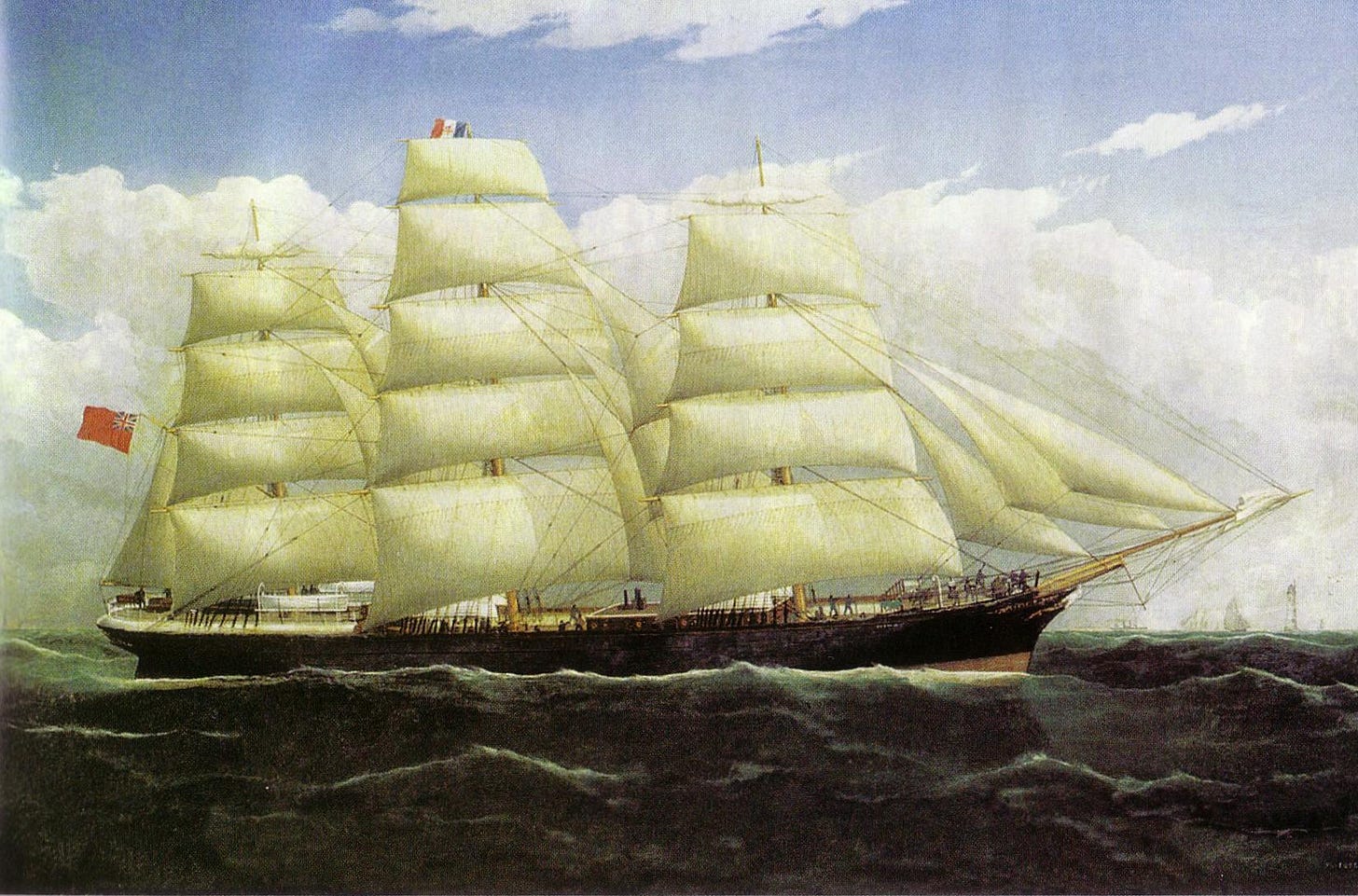Fridge: Not short for refridgerator
English spelling can be stupid, but it can also be brilliant.

Reader Dennis Johns, a man of refreshingly few words, emailed me to ask “Why is there a d in fridge and not in refrigerator?” Just like that.
That’s a mighty fine question. Happily, the answer requires no great understanding of orthography, semantics, linguistics, sociolinguistics, phonology or syntax, making it a perfect subject for me to tackle.
I offered Mr Johns an answer whose brevity was almost a match for his. But here’s the deal for anyone with a few minutes on their hands.
The domestic refrigerator that you and I know was first produced around 1913. For the first 10 or so years of its existence, it was mostly called just that - a refrigerator - although the name was occasionally shortened to frigerator.
By 1926, however, fridge was starting to take hold. Except it wasn’t always spelt that way; Merriam-Webster cites four examples between 1939 and 1988 of perfectly reputable publications spelling it frig, and that’ll just be the tip of the self-refrigerating iceberg.
If you’re American, the shorter spelling, while uncommon, might not pose an issue. But if you’re British, it sure as hell will, since in those fair isles, frig is another word for fuck. It comes from the Middle English fryggen, “to wriggle”, which I guess is one way to do it.
The other problem, regardless of which side of the Atlantic you’re on, is that there are no other English words ending in ig where the g is soft. Think big, brig, dig, fig, jig, pig, rig, and wig. So frig for refrigerator was always going to be an oddity.
On the other hand, we have a number of common -idge words that do have a soft g sound, like bridge, ridge and midge.
Mark one up then for good sense prevailing. Instead of persisting pigheadedly with the “correct” but awkward frig spelling, the language (ie, ordinary people like you and me) adopted the more natural fridge, and to hell with consistency.
You might also be interested to learn that for many years longer than it was required, many finicky types added an apostrophe, ’fridge. I imagine they’re the same people who wrote ’phone and ’bus long after everyone had forgotten where those words came from.
People have been devising ways to cool food down for millennia. One of the earliest known methods is the clay pot, which uses the evaporation of water from its outer surface to draw heat from the interior, because, you know, physics. In the 1990s, Nigerian potmaker and teacher Mohammed Bah Abba adapted the technology to create the pot-in-pot refrigerator, or zeer in Arabic, which can create a temperature differential of up to 14°C. In the process, he transformed the lives of countless people living in hot areas without access to electricity.
By 400 BCE, ancient Persians were building stunning structures called yakhchāl (“ice pit”) to store food and produce ice. The best known of them, the Moayedi Icehouse in Iran, was built during the Safavid dynasty (1501-1736) and is a full 20m tall. The Safavid dynasty, you may be interested to know, is widely considered to be the beginning of the modern Iranian state and also marked the shift from Sunni to Shi’a Islam as the official religion. At its height, the Safavid empire controlled huge swathes of the modern-day Middle East, Caucasus and Pakistan.
The Yakhchāl of Moayedi, Kerman, Iran.
Modern refrigeration using artificial means to cool things began in the 1750s. Early systems used the same technology as your home’s air conditioning unit (vapour compression, since you ask), which is still the dominant technology today.
For the first 40 years of its life, domestic refrigeration was only good for chilling food, not freezing it. By the 1950s, though, manufacturers had figured out how to have a single coolant loop deliver 4°C in one unit and -18°C in the other and for the first time people could freeze their own fresh food, ushering in the modern age of food wasting gradually over many months, rather than mere days.
The first commercial ice-making machine was presented to a grateful, overheated world in 1854, which had to wait a further 70-odd years for the snow cone machine to make its entrance.
If you’re of a certain age, you may remember being taught as a tyke about New Zealand’s first transport of refrigerated meat to England in 1881. The ship behind it was called Dunedin, and it transformed our economy. It was also a hell of a thing to run, needing three tons of coal a day to keep its steam-powered chiller 22°C below the surrounding air temperature - enough to keep its cargo below zero degrees for the whole journey. Dunedin disappeared at sea in 1890, presumed - in a gesture of dark cosmic irony - to have hit an iceberg in the Southern Ocean.
Dunedin in 1876, five years before its maiden voyage as a floating fridge.
Refrigeration hasn’t been all good news for humanity. The cooling industry - which also includes air conditioning - is thought to contribute about ten percent of total global carbon dioxide emissions, three times the volume produced by aviation and shipping combined. Much of the harm from refrigerators comes when they’re dumped and their hydrofluorocarbon (HFC) gases escape. As a result, some manufacturers have begun replacing those gases with friendlier alternatives, and many major brands and supermarket chains are phasing out their use of HFCs.
It’s news like that which gives me hope for our collective future. While there’s ample evidence that we’re senseless idiots with as much foresight as a guppy, now and again you hear of people, organisations and even whole countries doing things that suggest that maybe - just maybe - we won’t completely screw it up before it’s too late.
For the sake of the poor bastards who inherit the world we leave them, I sure as frig hope so.
Bits and specious
I’m delighted to announce that Jennifer Duval-Smith’s painting, Red Cabbage, won the People’s Choice award in the recent Botanical Art World Wide exhibition at Auckland Botanic Gardens. As I’m sure you’ll remember, Jennifer’s painting featured in my March 24 newsletter. Congratulations, Jennifer on being so clever. And congratulations me for having such great taste.
From the “There’s a Song for Every Subject” file comes Friggin’ in the Riggin’ by the Sex Pistols.
Quote of the week
Don’t climb into a fridge. That’s my advice.
Sandi Toksvig





You left out the Coolgardie safe! Maybe they didn’t have them in New Zealand? Here in Oz, the Coolgardie safe (which originated on the goldfields in the 19th century) was a metal storage box with pierced or open mesh sides, used to store meat. It was covered with a sacking or other cloth cover, which was kept wet with water by various methods. The evaporation of the water created a cool environment which kept the meat fresh. My grandparents had one hanging in the breeze on their back porch.
So Ken 'Frig' and 'frigid' with the same, er, root word?
And thank you for the shoutout -immaculate taste indeed. Appreciate the support.